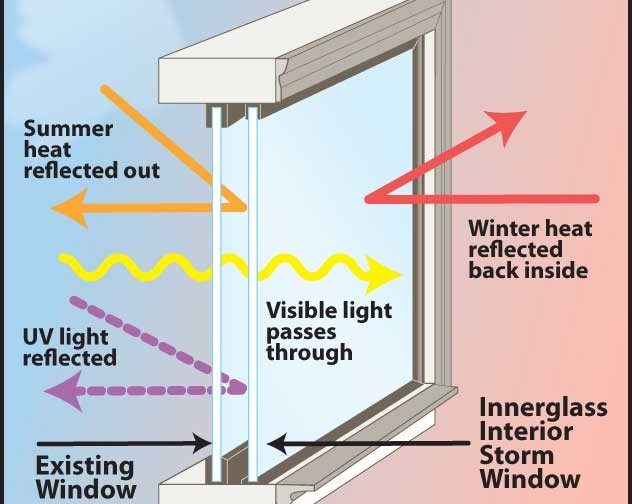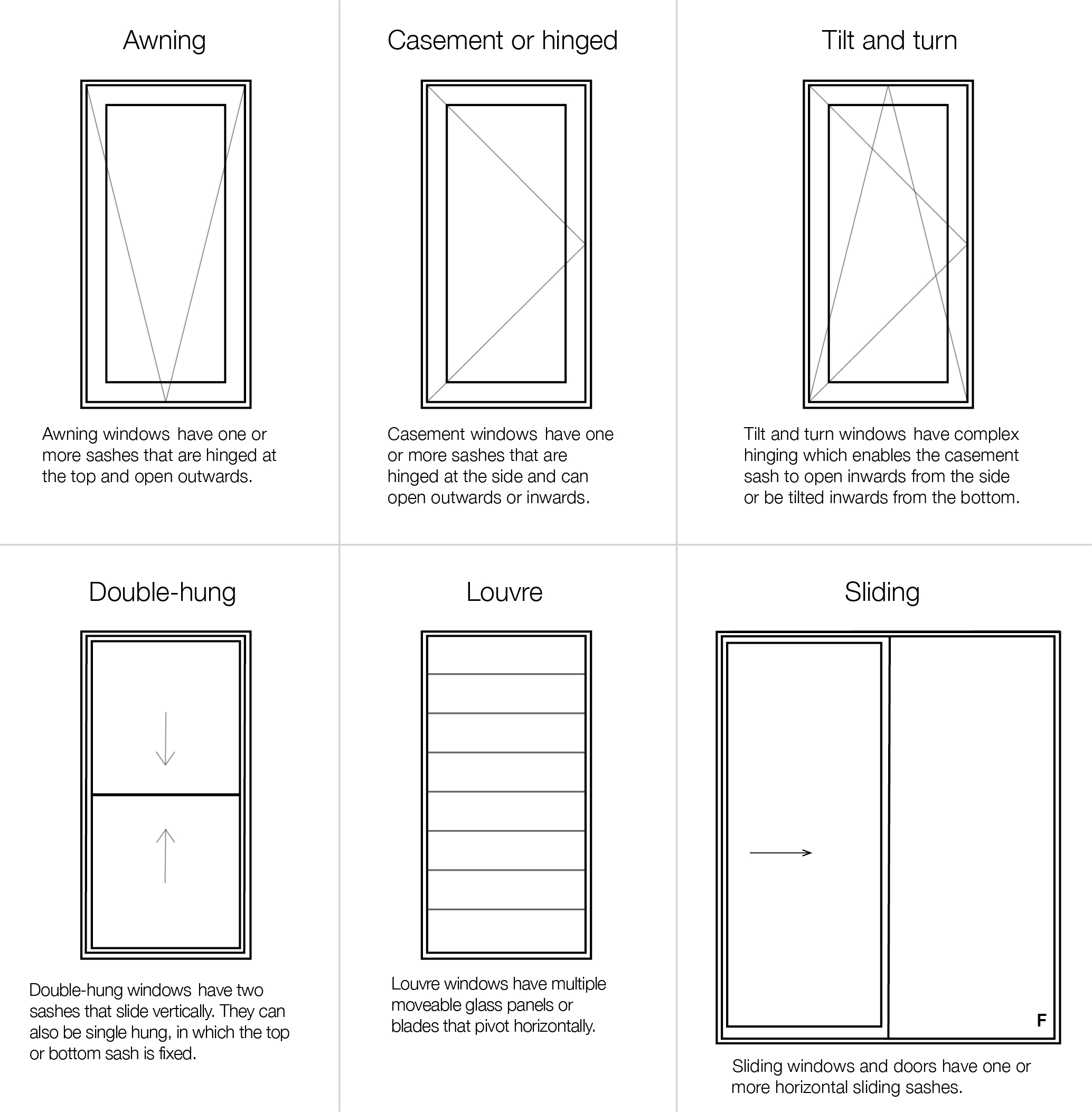All Categories
Featured
Table of Contents
How Double Glazing Can Help Keep Your Home Cool In ... in Swanbourne WA
Glazing just suggests the windows in your house, consisting of both openable and fixed windows, as well as doors with glass and skylights. Glazing in fact simply implies the glass part, but it is usually used to refer to all aspects of an assembly consisting of glass, movies, frames and furnishings. Taking note of all of these aspects will assist you to accomplish reliable passive style.

Energy-efficient glazing makes your home more comfortable and significantly reduces your energy expenses. However, inappropriate or badly designed glazing can be a major source of undesirable heat gain in summertime and substantial heat loss and condensation in winter. Approximately 87% of a home's heating energy can be gotten and as much as 40% lost through windows.
Double Glazing Vs Triple Glazing For Windows (2023) in Woodvale Perth
Glazing is a substantial financial investment in the quality of your house. An initial investment in energy-efficient windows, skylights and doors can considerably lower your yearly heating and cooling bill.

This tool compares window choices to a base level aluminium window with 3mm clear glass. Understanding a few of the essential homes of glass will help you to select the finest glazing for your home. Key residential or commercial properties of glass Source: Adjusted from the Australian Window Association The quantity of light that passes through the glazing is called noticeable light transmittance (VLT) or noticeable transmittance (VT).
Techniques For Double Glazing Windows in City Beach Western Australia
This might lead you to turn on lights, which will result in greater energy expenses. Conduction is how readily a material carries out heat. This is called the U value. The U value for windows (expressed as Uw), explains the conduction of the entire window (glass and frame together). The lower the U worth, the greater a window's resistance to heat flow and the much better its insulating worth.
For instance, if your house has 70m2 of glazing with aluminium frames and clear glass with a U value of 6. 2W/m2 C, on a winter's night when it is 15C chillier outside compared with inside your home, the heat loss through the windows would be: 6. 2 15 70 = 6510W That is comparable to the overall heat output of a large room gas heating unit or a 6.
Save Energy With Double Glazed Windows in Oldsbury WA

If you choose a window with half the U value (3. 1W/m2 C) (for instance, double glazing with an argon-filled space and less-conductive frames), you can cut in half the heat loss: 3. 1 15 70 = 3255W The solar heat gain coefficient (SHGC) for windows (revealed as SHGCw) determines how easily heat from direct sunshine streams through an entire window (glass and frame together).
The lower a window's SHGC, the less solar heat it transmits to the home interior. The real SHGC for windows is affected by the angle that solar radiation strikes the glass.
Plastic Window Frames - Best Plastic Double Glazed ... in Duncraig WA
When the sun is perpendicular (at 90) to the glass, it has an angle of occurrence of 0 and the window will experience the maximum possible solar heat gain. The SHGC declared by glazing producers is constantly computed as having a 0 angle of occurrence. As the angle increases, more solar radiation is reflected, and less is sent.
Table of Contents
Latest Posts
Which Type Of Glass Is Best For Energy Efficiency? - A&l Windows in Medina WA
Double Glazing Versus Secondary Glazing in East Victoria Park Western Australia
A Complete Guide To Double Glazed Windows in Kewdale Perth
More
Latest Posts
Which Type Of Glass Is Best For Energy Efficiency? - A&l Windows in Medina WA
Double Glazing Versus Secondary Glazing in East Victoria Park Western Australia
A Complete Guide To Double Glazed Windows in Kewdale Perth